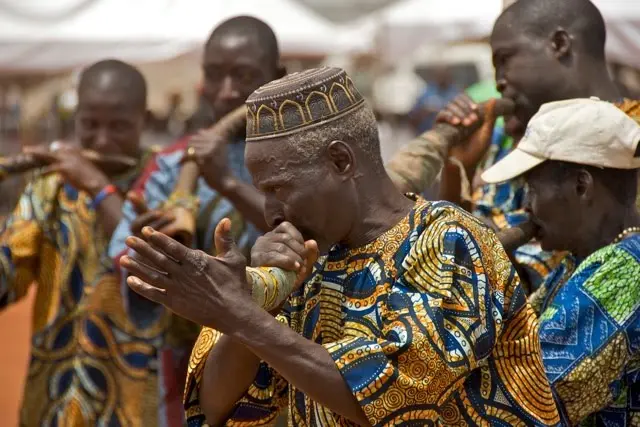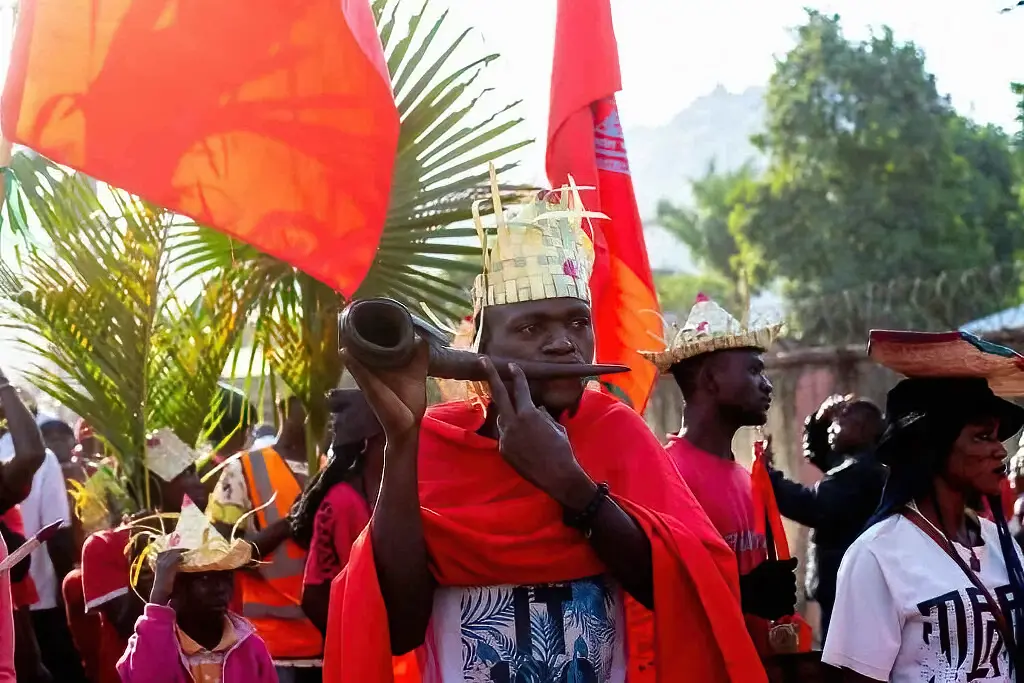Every year on January 1st, the vibrant town of Kagoro in Southern Kaduna State comes alive with color, rhythm, and ancient tradition. The Afan National Festival, celebrated by the Oegworok (Kagoro) people, is one of Nigeria’s most enduring cultural events, with a history believed to span over 400 years.
Held in the palace grounds of the Chief of Kagoro in Kaura Local Government Area, this festival is more than just a New Year celebration—it is a reflection of identity, spirituality, and the resilient spirit of the Agworok people.
A̠fan A̠gworok: The Hills that Speak
The word A̠fan means “mountain” or “hill” in the Gworok language, and it is from these majestic hills that the festival derives its name. The Gworok Hills—soaring at an altitude of over 1,200 meters—are not only scenic but deeply spiritual. With towering trees, rocky bases, and mist-covered peaks, these hills shape the climate of the region and once served as safe havens from foreign invaders.
In ancient times, the Agworok people lived atop these hills, retreating into caves and heights for safety. British colonial forces eventually displaced them to the base of the mountains, but some communities still remain on the highlands. Local legend holds that the hills house sacred bee colonies that protect the land—especially when trespassers wear perfumes or violate sacred laws.
Origins and Tradition
Traditionally, the Afan Festival marked the end of the farming season and the beginning of hunting expeditions. It was also a time to celebrate the bounty of the land and give thanks for protection and provision. Although the exact origins of the festival remain unclear, oral history links its roots to the Ankwai clan, possibly dating as far back as 1500 AD when the clan lived on the Jos-Bauchi Plateau.
Originally celebrated in April, the date of the festival was moved to January 1st during the reign of HRH (Dr.) Gwamna Awan, the first Christian Chief of Kagoro, in 1946. His leadership marked a transition from the festival’s traditional pagan rites to a more inclusive cultural celebration aligned with Christian values and the Gregorian calendar.

Afan Festival (Photo Credit: Flickr)
Rites and Ceremonies
The Afan Festival begins with a sacred rite performed by the Chief Priest (A̠gwam A̠bvwoi), who climbs the hills to pray for divine protection from A̠gwaza (also called Uza), the God of Heaven and Earth. He then calls out, “O Afan, O Afan”—a chant echoed by the people waiting below, who are usually forbidden from approaching the sacred hilltop.
At dawn the next day, hunters embark on their expeditions, a tradition rooted in the community’s agrarian lifestyle. Upon return, their triumphant entry is met with cheers, dancing, and freshly brewed traditional beer (a̠kan) prepared in anticipation of their safe return.
A Celebration of Community
The Agworok people are made up of two major clans—Ankwai (the older group) and Kpashang (the newer, migratory group). While Ankwai subclans traditionally oversee war-related matters and festival rites like the brewing of the first beer, the Kpashang hold paramount rulership, showcasing a harmonious balance of roles within the community.
Modern iterations of the festival still reflect this communal spirit. In 1982, for instance, the Chief of Kagoro was accompanied by thousands of people as he rode on horseback through the town, stopping at the palace to address his subjects. The festival grounds then erupted in joyful cultural displays—traditional music, dances, and costumed performances—showcasing the rich heritage of the Gworok people.
A Living Legacy
Today, the Afan National Festival remains a proud celebration of unity, history, and culture. Despite the influence of modernization, the people of Kagoro have preserved this sacred tradition, transforming it into a national event that welcomes visitors from across Nigeria and beyond.
As the sun rises on each New Year’s Day, the chants of “O Afan, O Afan” still echo through the valleys of Southern Kaduna—reminding the world that heritage, when cherished, can stand the test of time.
